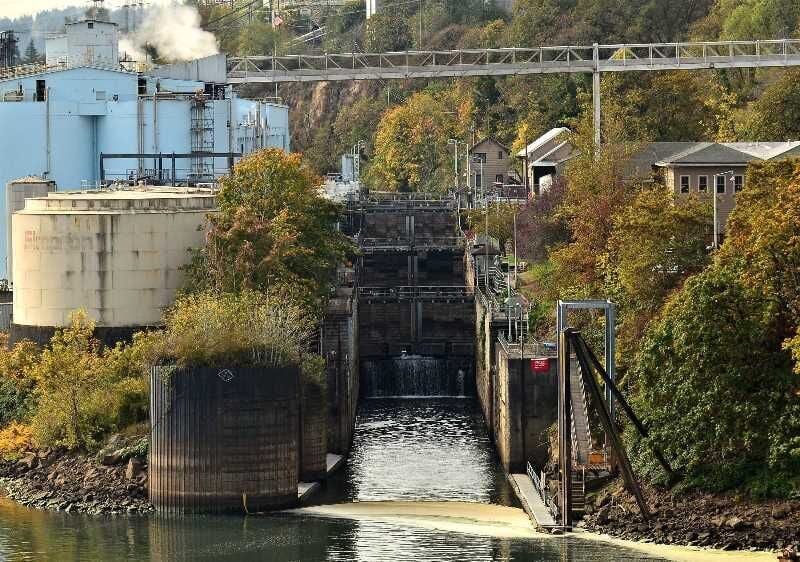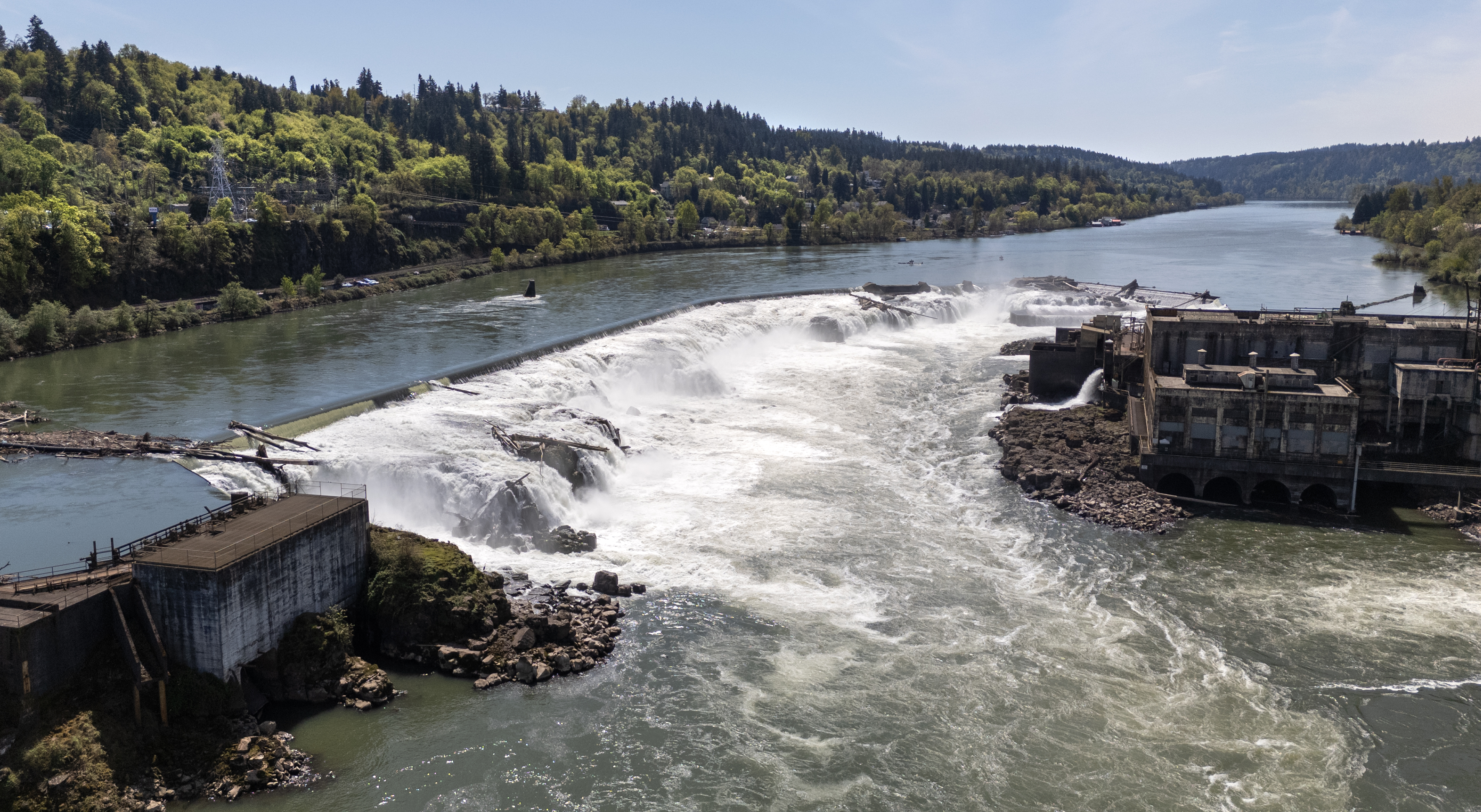Willamette Falls Locks Authority vying for funds amid shrinking state budget
Published 4:53 pm Monday, May 19, 2025

- The Willamette Falls Locks have been closed since 2011.
As the Oregon Legislature discusses how to tighten the state’s belt before adopting a new two-year budget, the Willamette Falls Locks Authority — which has requested $11 million from state lawmakers — is working hard to convince legislators that the locks are worth the investment.
With that funding from the state Legislature, the authority hopes to finish repairs of the century-and-a-half-old locks, which closed in 2011 after the U.S. Army Corps of Engineers determined that corrosion of the lock gates made them unsafe.
Funding for the locks would come from state lottery bonds. Deliberations about which projects to fund are taking place in Salem amid the fallout of an economic forecast that showed the state had hundreds of millions less to work with than originally anticipated.
Trending
If reopened, the locks, a series of hydraulic gates that act as a staircase allowing ships to travel up and down Willamette Falls, would restore travel between the upper and lower portions of the Willamette. Before the locks closed, boats could travel along the Willamette from Portland to the cities further south in the valley like Newberg, Salem and Albany.
The Oregon Legislature established the Locks Authority in 2021 to oversee repairs and assume ownership from the Corps of Engineers.
“We are working extremely hard to tell our story — the history of the locks and the authority, the investments already made, and the incredible progress we’ve made to prepare for transfer that outpaces where people thought we’d be just a few years ago,” authority chair and Metro Councilor Christine Lewis told the Tidings.
The authority made its request for $11.43 million from the state in House Bill 2574, which Rep. Jules Walters, D-West Linn, and Sen. Mark Meek, D-Oregon City and Gladstone, introduced at the start of the current legislative session.
“The Legislative Assembly finds that the use of lottery bond proceeds will create jobs, further economic development, finance public education or restore and protect parks, beaches, watersheds and native fish and wildlife, and is authorized based on the finding that restoration of the Willamette Falls navigation canal and locks will enhance the economic viability of the region, increase opportunities for commercial transportation and offer opportunities for recreation and transportation,” the bill reads.
In testimony before the Joint Committee on Transportation, Meek emphasized how the locks would allow the Willamette to serve as a key transportation arterial in the event of a major earthquake. He also stated that reopening the locks would lead to environmental impacts like removing tens of thousands of truck trips from Oregon’s highways, according to estimates from ECONorthwest.
Trending
ECONorthwest estimated that between 80,000 and 220,000 fewer truck trips in the Portland region thanks to the locks reopening would translate to 11,000 to 32,000 fewer metric tons of carbon dioxide emissions from the trucks.
“Our interconnected river system has been the backbone of the movement of goods, services and people for centuries,” authority co-chair and former West Linn Mayor Russ Axelrod told the joint transportation committee. “You have the opportunity in this bill to ensure the integrity of this system as a vital component of our transportation network in the future.”
In testimony at the same transportation committee meeting, authority member and West Linn City Council President Mary Baumgardner highlighted the economic benefits of reopening the locks estimated by ECONorthwest: $12-49 million in transportation benefits and $12-50 million in recreation benefits.
Lewis mentioned that while passage fees from boats going through the locks will help finance the authority and operation of the locks once they have reopened, for now the authority is largely dependent on the state and federal government along with local partners.
“I would hope that you’d be able to look at this session as the ripe time for the $11.4 million,” Lewis told the Joint Transportation Committee. “The U.S. Army Corps of Engineers has invested over $14 million since closure. Some of that was for seismic stability, particularly the upper pool, and also to meet the standards for transfer (of ownership to the authority).”
In addition to the $14 million in federal funds, the state Legislature also allocated $7 million to reopening the locks in 2021, while local governments have contributed $750,000 to the project.
The authority knows competition will be tight for state lottery bonds, as was the case even before the latest economic forecast revealed the state will have $750 million less for the coming biennium than originally anticipated.
“The lottery bond asks have been super competitive as we’ve approached this point all session, so (the revenue forecast) doesn’t change my approach that much,” Lewis told the Tidings.
The bill is currently being considered in the House Joint Committee On Ways and Means.







